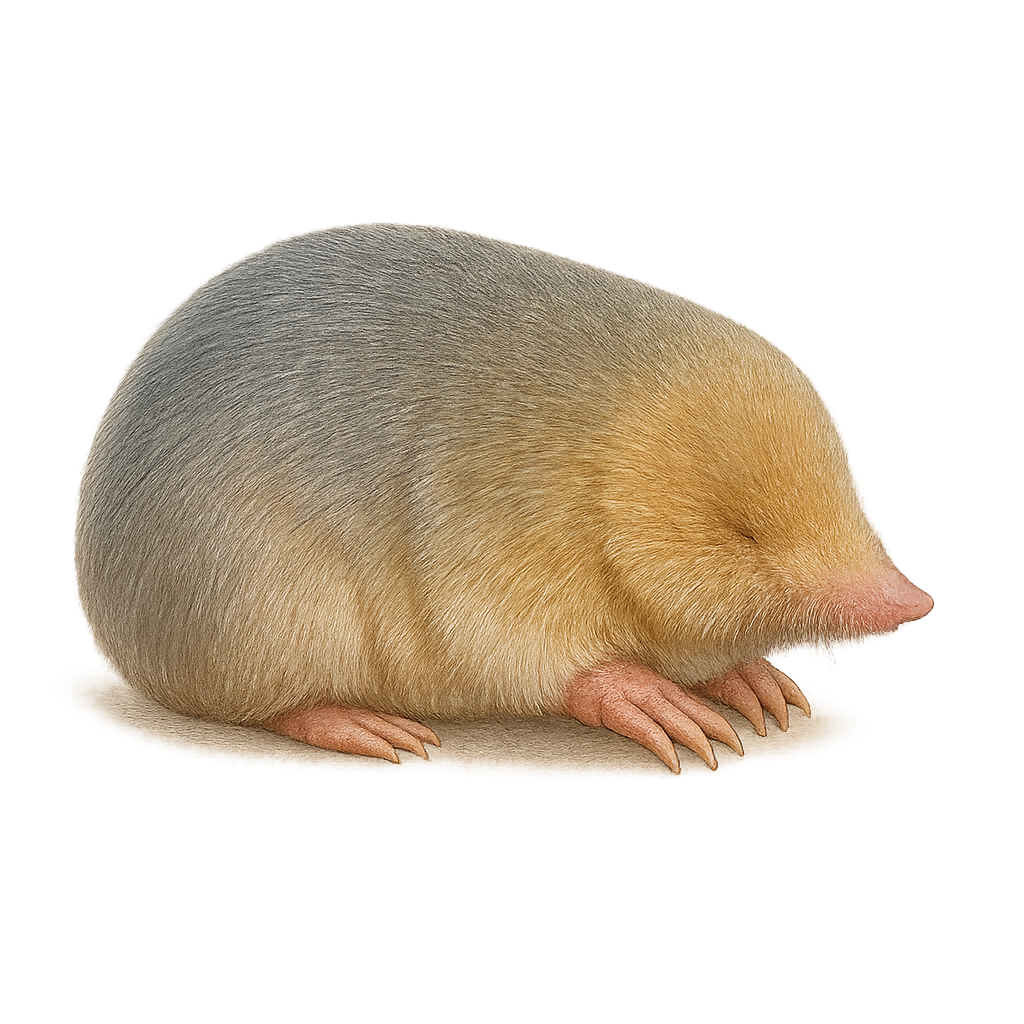Your wildlife photography guide.
Explore the hottentot golden mole in detail, study its behavior, prepare your shots.
Where to observe and photograph the hottentot golden mole in the wild
Learn where and when to spot the hottentot golden mole in the wild, how to identify the species based on distinctive features, and what natural environments it inhabits. The WildlifePhotographer app offers tailored photography tips that reflect the hottentot golden mole’s behavior, helping you capture better wildlife images. Explore the full species profile for key information including description, habitat, active periods, and approach techniques.
Hottentot Golden Mole
Scientific name: Amblysomus hottentotus

IUCN Status: Least Concern
Family: CHRYSOCHLORIDAE
Group: Mammals
Sensitivity to human approach: Suspicious
Minimum approach distance: 3 m
Rut period: September to October
Gestation: 42-49 jours
Births: October to December
Habitat:
Grasslands, forests, savannas
Activity period :
Mainly active at night, generally discreet during the day.
Identification and description:
The Amblysomus hottentotus, commonly known as the Hottentot Golden Mole, is a small insectivorous mammal endemic to southern Africa. It is characterized by its silky, golden-tinged fur, giving it a unique appearance. Adapted to a subterranean lifestyle, it has powerful forelimbs and robust claws for efficient digging. Its eyes are covered by skin, as vision is of little use in its underground habitat. It primarily feeds on insects and small invertebrates it finds in the soil. Although elusive, it plays a crucial role in the ecosystem by aerating the soil and controlling insect populations.
Recommended lens:
Macro – adjust based on distance, desired framing (portrait or habitat), and approach conditions.
Photography tips:
To photograph the Hottentot Golden Mole, focus on moments when it emerges from the ground. Use a macro lens to capture the details of its golden fur. Be patient and discreet, as this animal is suspicious and sensitive to vibrations. Opt for the quiet hours of the night to maximize your chances of success.
The WildlifePhotographer App is coming soon!
Be the first to explore the best nature spots, track rutting seasons, log your observations, and observe more wildlife.
Already 1 449 wildlife lovers subscribed worldwide

